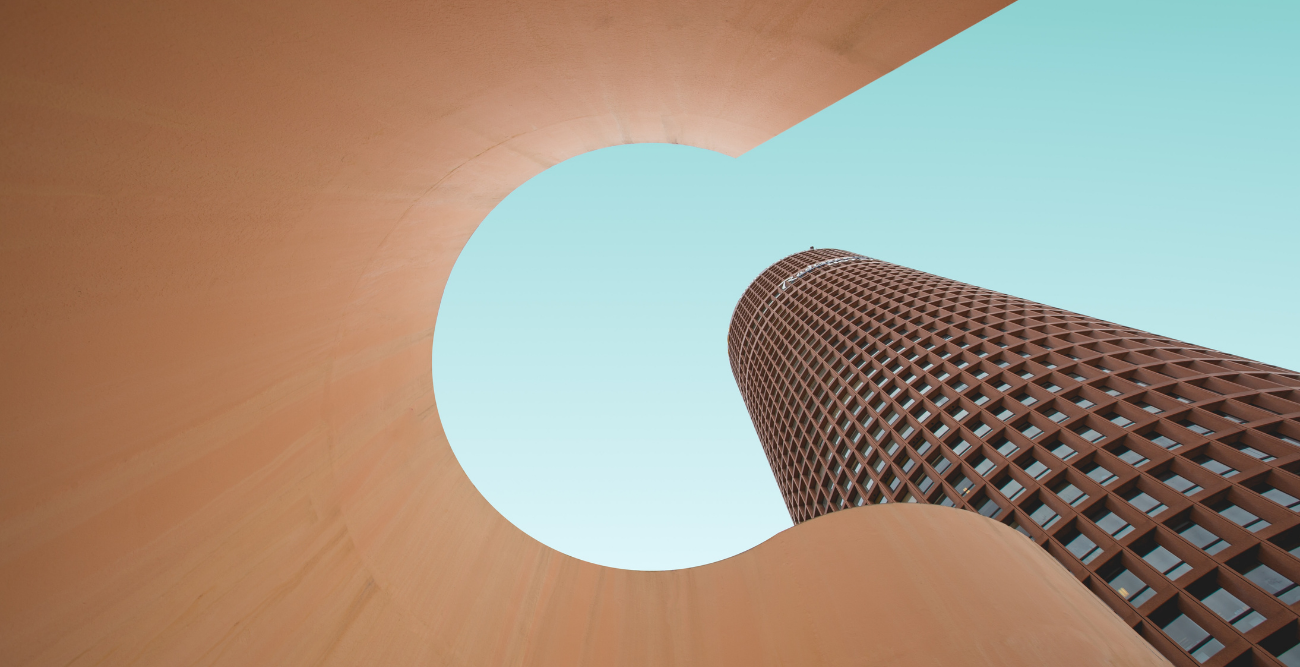Closing the loop: 6 essential steps for implementing a circular economy

Whether your company is a brand new startup or a long-existing corporation, you should be looking to implement some form of a circular economy. Maximizing production resources to reuse and prevent waste throughout a product’s value chain is not only true sustainability, it’s also becoming the norm. Consumers want more products made with circularity and more governments are implementing policies to encourage it.
But switching a business from the traditionally linear basis of “take-make-use-dispose” to the circular ‘take-make-use-recover” isn’t easy. You have to apply the principles of a circular economy in manufacturing, marketing, management, and a whole lot of other places. It can be daunting and difficult to even know where to begin.
Here are the essential steps for implementing a circular economy in your business:

Adapt your business model for circularity
The most vital part of enacting the circular economy in a business is called “closing the loop”. It’s when you change the end stage of whatever product you create from “dispose” to “recover”. This can be through full or partial reuse (like refurbishment), recycling, or biodegradability. The
point is that you ensure your product doesn’t end up in a landfill or at the bottom of the ocean. And while it can be easy to figure out how to close the loop, the hard part comes from keeping it profitable.
According to the authors of a recent article about circular economy in the Harvard Business Review, simply considering ways to make circularity profitable is a step that’s usually missed. “Many companies we have worked with put a lot of effort in the development of first-class technologies, products, and processes,” they write, “but often forget the development of the right revenue model.”
The truth is that actively preventing products from becoming waste doesn’t fit with traditional business models, and that’s why so many companies struggle with closing the loop. They can do it, but not without sacrificing significant profitability under their current revenue plan. So, while looking at how you'll innovate your products and customer relationships, you have to also explore new ways to make money that fit with operating a closed loop.
A great example of this is when Philips Lighting became Signify and transitioned from just selling light bulbs to offering a lighting
service. They handle installation, upgrades, and disposal to ensure circularity through which they generate new revenue by extending their relationship with their customers indefinitely.
Design your products for circularity
If you’re producing a physical product, its design is crucial for closing the loop. A large amount of thought has to be placed on how to incorporate a circular economy in manufacturing and end-use. This may seem pretty straightforward, but it can actually be a complex process — often balancing functionalities that can oppose and cancel each other out.
Products designed for circularity often have two significant features:
- A construction that can easily be taken apart for repair and the reuse of components.
- Increased durability for a longer than average lifespan.
A standard solution is the use of a modular design, like how Dutch phone company Fairphone designs its smartphones. This allows consumers to bring their phones to almost any repair shop, which won’t have any trouble replacing the parts (purchased from FairPhone), or even do repairs themselves.
Collaborate with EVERYONE in your product’s lifecycle
To successfully close the loop for a product requires the cooperation of all the people who interact with it throughout its lifecycle. Most companies only think of sustainable collaboration in the materials and production phases, but there have to be working partnerships beyond those that apply a circular economy in manufacturing. This means everyone from conception to production to sales to the end-user has to contribute in some way. And your company is the one managing all those collaborations.
This can best be seen in the Wear2Wear partnership, made up of more than half a dozen different companies that work together to create and maintain a closed loop in textile manufacturing. It features eight steps, including fibre and yarn producing, manufacturing, washing service, and upcycling.
Manage the end-of-life use of your product
Changing the final stage of a product’s lifecycle is the ultimate goal of a circular economy in a business operation. So, a critical step is to begin actively managing the end-of-life usage of your products. It’s the effective act of “closing of the loop” and the only step that’s adding a whole new stage of processes to the operation instead of improving or adapting ones already existing in your business. And no matter if you’re making your products recyclable/biodegradable or reusing them in your production process, you have to play a role in that stage to ensure it happens.
Case in point, Swedish furniture giant IKEA ran a large-scale furniture buyback program for a limited time in 2020. Customers in 27 countries could bring any IKEA products they no longer wanted and receive a store voucher up to 50 percent of an item’s original price in the form. Any items that couldn’t be resold were recycled or donated to local community projects.
Educate your consumers about the loop
Once you’ve implemented a circular economy within your business processes, it’s crucial to involve the consumers in the loop. They’re the ones who decide the ultimate end-of-life use of a product. If you’re collecting older or damaged products to reuse in making new ones, you’ll need consumers to send them to you. But these efforts can go beyond just informing; they can actually motivate consumers and even sell them on the experience of helping in closing the loop.
Probably the best company that does this is the American outdoor clothing and gear company Patagonia. Founded in the 1970s, Patagonia has long been a pioneer in sustainable fashion. It regularly buys back and resells its products, offers a repair service for its clothes, and openly advocates against materialism. Some have even argued that anti-consumerism is essential to its success as a brand.
Keep improving after you close the loop
Implementing a circular economy in your company is something that is never really finished. There’s always going to be room for improvement. As in other aspects of operating a business, like productivity or cost-effectiveness, a company can get better as it grows and takes advantage of new technology. Products can be made even more durable, production can find new ways to reduce waste, renewable energy can be incorporated, and so on.
One just has to look at UK-based craft brewer Toast Ale to see an already sustainable company with a closed loop that still pushes itself to do more. The company works with bakeries to collect unsold bread to use in its brewing process to help fight food waste and has vowed to have a net-zero carbon footprint by 2030. They’re also working to create recyclable labels, establish relationships with already existing breweries to use their facilities (instead of setting up their own) in new markets, and even helping homebrewers use their own leftover bread for brewing.
Whether your company implements circular economy in its business operations now or in the future, it will have to be done someday. Closing the loop is a new paradigm shift, like digitalization or the assembly line. And anyone who doesn’t take the proper steps to administer it will suffer the consequences, just like all those who refused to adapt in the past.






%20as%20the%20deadline%20approaches.%20Learn%20about%20compliance%20requirements%2c%20potential%20delays%2c%20and%20key%20updates..png)

